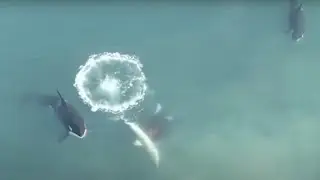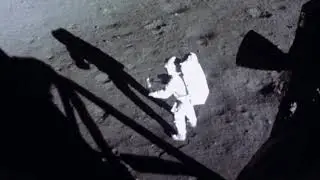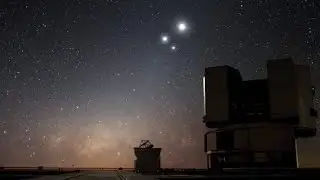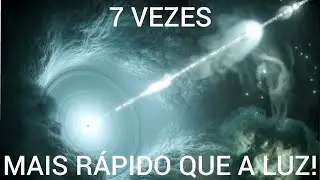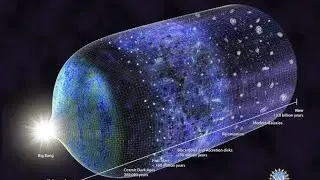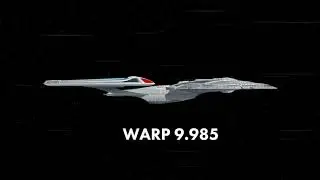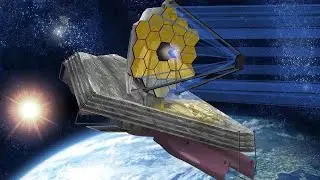HUBBLE OBSERVA ALGO QUE PARECIA VIAJAR 7 VEZES MAIS RÁPIDO QUE A LUZ!
#HUBBLE #FASTERTHANLIGHT #GW170817
Matter Ejected From Crashing Neutron Stars Appeared to Break Light Speed
When astronomers around the world watched the epic collision between two neutron stars in 2017, the main event was just the beginning. The after-effects, both immediate and longer-term, of such a massive, never-before-seen merger were bound to be exciting, interesting, and deeply informative.
And now scientists have revealed a doozy. As the two neutron stars slammed together, they ejected a jet of material that, to our eyes, appeared to blast into space at seven times the speed of light.
This, of course, is impossible, according to our current understanding of physics. It's a phenomenon known as superluminal speed, which in spite of its name is actually an illusion based on our viewing angle.
However, even once its velocity was corrected, the jet was found to be insanely fast.
"Our result indicates that the jet was moving at least at 99.97 percent the speed of light when it was launched," says astronomer Wenbin Lu of the University of California, Berkeley.
The data on the jet was obtained by the Hubble Space Telescope, which took a set of observations at around 8 days and then again at around 159 days after the merger, seen here on Earth in August 2017.
Quando astrônomos de todo o mundo assistiram à colisão épica entre duas estrelas de nêutrons em 2017, o evento principal foi apenas o começo. Os efeitos posteriores, imediatos e de longo prazo , de uma fusão tão grande e nunca vista antes eram empolgantes, interessantes e profundamente informativos.
agora os cientistas revelaram um doozy. Quando as duas estrelas de nêutrons se chocaram, elas ejetaram um jato de material que, aos nossos olhos, parecia explodir no espaço a sete vezes a velocidade da luz.
Isso, é claro, é impossível, de acordo com nossa compreensão atual da física. É um fenômeno conhecido como velocidade superluminal, que apesar do nome é na verdade uma ilusão baseada em nosso ângulo de visão.
No entanto, mesmo depois que sua velocidade foi corrigida, o jato foi insanamente rápido.
"Nosso resultado indica que o jato estava se movendo a pelo menos 99,97% da velocidade da luz quando foi lançado", diz o astrônomo Wenbin Lu , da Universidade da Califórnia, em Berkeley.








